A lot of diligent photographers were scattered along the old Wabash main line in Indiana and Illinois this past weekend to photograph the last runs of trains 255 and 256, the remnants of one of the most novel trains to ever grace American rails, Norfolk Southern’s Kansas City-Detroit RoadRailer service. What the fans were shooting was more than a pair of trains, it was a bold concept.
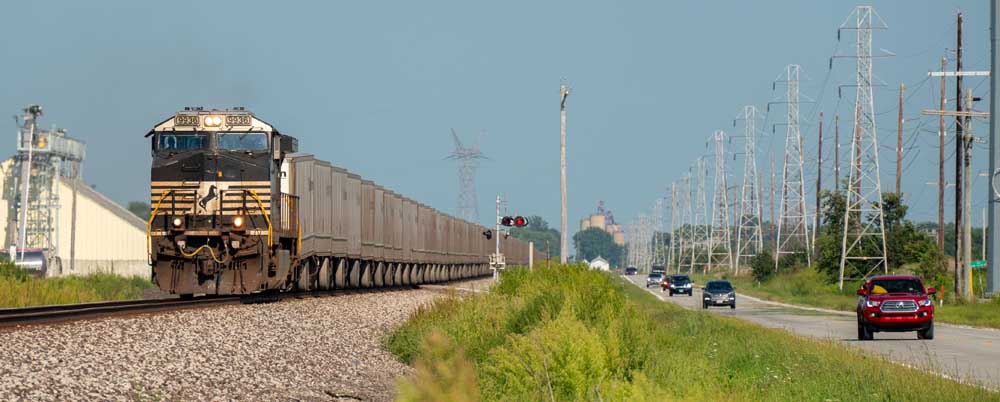
Calling something bold that’s nearly 40 years old and headed for oblivion might seem dissonant. But even as NS ends its Triple Crown service, these nifty, low-slung, eye-catching trains — featuring their trademark truck trailers on rail wheels — still somehow look forward-thinking. For NS, the optics don’t look good.
But the RoadRailers are done, retired before NS would have been forced to replace too many trailers. Already this week, NS is introducing a Triple Crown-branded container service to haul the freight that previously rode in those trailers, using the same schedules but this time equipped with conventional double-stack intermodal well cars. You might even see some of those Triple Crown trailers go conventionally piggyback. For an excellent analysis, see Trains columnist Bill Stephens’ report from the field.
Bill’s story includes this quote from NS spokeswoman Katie Byrd: “With great appreciation for the historical role that RoadRailers played in expanding our network, Norfolk Southern is planning to retire the equipment and launch a new service produce with more utility that will enable growth for our railroad and our customers.”
OK, Ms. Byrd, whatever you say.
My admiration for RoadRailer is personal. One of the first and biggest assignments Trains Editor Dave Ingles ever gave me was a full-dress cover story for the June 1989 issue, written just as RoadRailers were popping up seemingly everywhere. In those days, Norfolk Southern’s Hugo Yard in Fort Wayne, Ind., was operating as sort of a mini-Memphis, FedEx-style, with multiple trains running in and out of Detroit, Buffalo, Atlanta, and St. Louis, mixing and matching the trailers.
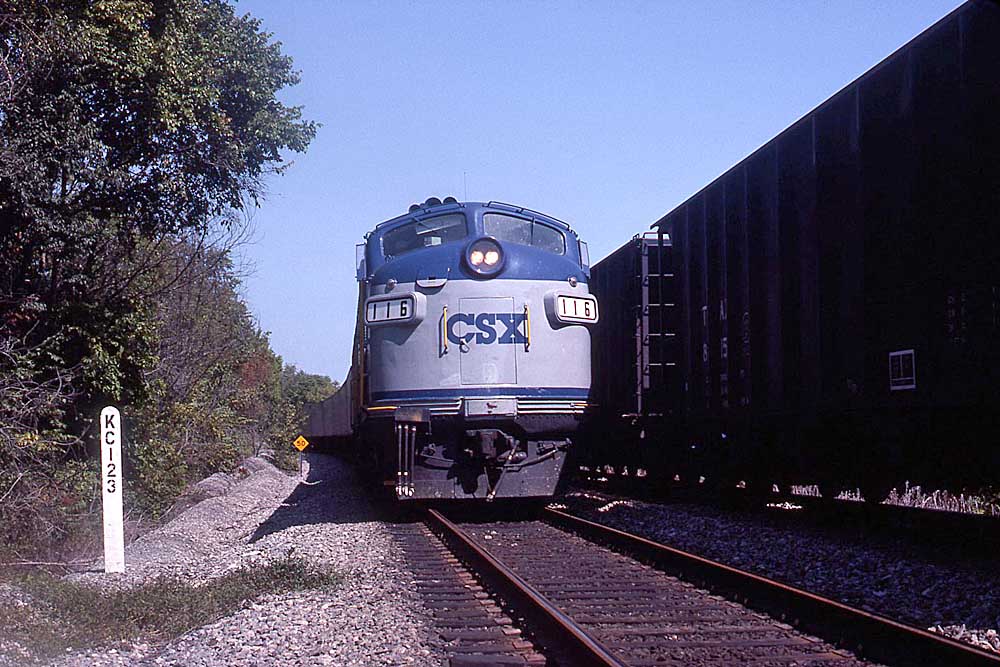
Moreover, the company’s chief rival, CSX Transportation, had its own RoadRailer service, called XpressRailer, also serving the Detroit-Atlanta corridor. In short order, Southern Pacific would be running its own RoadRailers in the West for customer Swift Transportation, as well as Canadian National in the Montreal-Toronto lane. More railroads would get in on the act.
A trend this big called for a train ride, right? I managed to finagle my way onto both the NS and CSX entries, riding NS out of Calumet Yard in Chicago on the overnight Triple Crown train to Cincinnati, then, after a brief rest, catching the XpressRailer to Atlanta. The accommodations were Spartan: the cab of high-nose NS GP50 No. 7044 for the first leg, followed on CSX in the comparatively luxurious jump seat of ex-Clinchfield F7A No. 116. The trip was long, with 11 hours on that GP50 and 15 hours on the F7. I was worn out when I climbed down at 1:10 a.m. at Atlanta’s Hulsey Yard, but I was also happy.
My report ran to about 8,000 words over 10 pages. Looking back on it now, I wince a bit. In my enthusiasm for the assignment, I got a bit carried away. “Triple Crown might be the happy ending that RoadRailer proponents have been yearning for ever since Chesapeake & Ohio introduced the concept back in 1956,” I enthused. I think I was basically objective, but that “happy ending” is certainly something I hoped would happen.
My article explored all the things that made the Triple Crown operation exciting: its unique technology, offering virtually slackless train handling and relatively high speed; the ability for a railroad to offer quick on-off service at intermodal terminals; the establishment of the semi-independent Triple Crown operation, with its ability to market the service, hire truck drivers, assign and dispatch the trailers, all independent of the railroad.
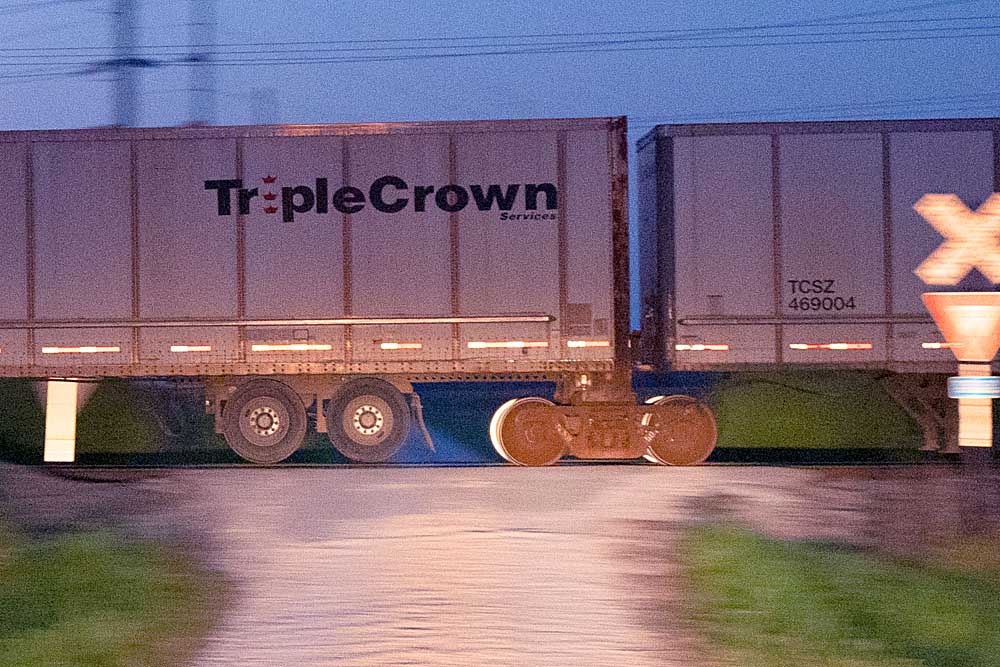
My mentor on the story was Lawrence J. Gross, at the time the marketing vice president for RoadRailer and in the years since an authoritative voice in the intermodal community as a consultant. He operates his Intermodal In Depth firm out of Durango, Colo. For that 1989 story, Larry addressed head-on the technology’s idiosyncrasies as well as its usefulness in giving railroads a chance to compete in 500- to 700-mile markets, which the truckers practically owned.
“Some critics refer to RoadRailer as equipment in search of a mission, and that’s just not true,” Larry told me at the time. “Our job has been very simple: find a marketplace niche and develop a tool to serve it. For intermodal, RoadRailer is that tool.”
Larry was very helpful to me in reporting that story, providing context and insights I could not have gotten from anyone else. With NS ending the service a couple of days ago, it made sense to check in with him again. He’s philosophical about NS’s decision, but — not surprisingly — also disappointed.
“I do think the industry made a mistake by not staying the course on RoadRailer,” Larry explains. “The selection of the double-stacked container as the standard has had long-lasting implications on the ability of the industry to grow the business in the shorter haul markets where most of the freight lies. But the railroads always gravitate toward a ‘one size fits all’ approach wherever possible and the complexity of more than one system was too much.”
Still, he looks back on the RoadRailer service era with satisfaction. “I sold roughly ten thousand trailers plus rail bogies, worth over a half a billion dollars. So, we were more than an afterthought,” he says. “But the best part of the whole thing was the people I met along the way. They were risk takers in an industry that didn’t generally reward that behavior.”
As Triple Crown trains 255 and 256 made their way along the Wabash this past weekend, everyone involved in RoadRailer’s quixotic journey could take a bow. The little trailers lasted little more than three decades, but they proved that, in some quarters of railroading, innovation is possible. If anyone is listening.
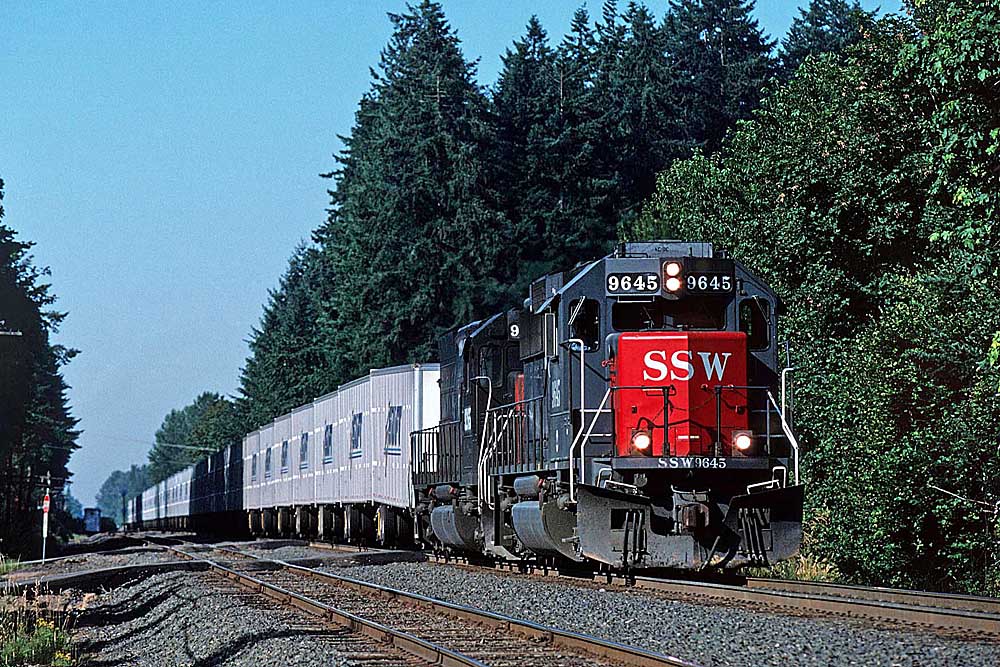






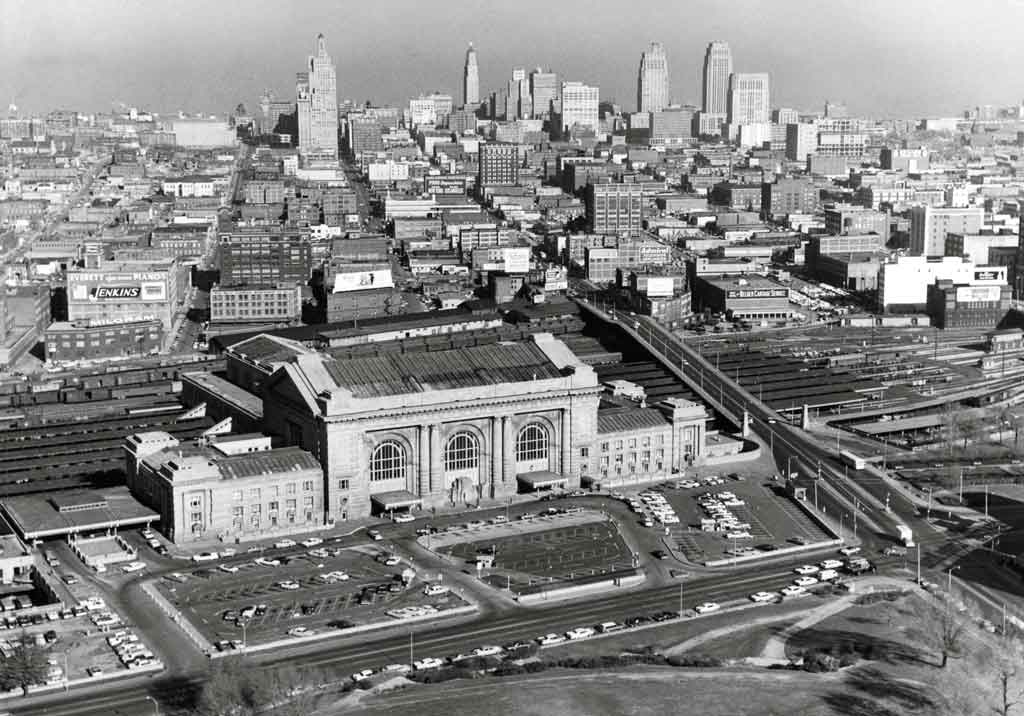







I wonder if anyone ever gave a thought to regional trailer transport instead of these RoadRailer trailers. Say a company delivers its trailer(s) to ramp, in Salt Lake City lets say and a special train moves them to Chicago or Memphis or Pittsburgh or…. on a regular schedule? Did that not happen because the regular road trailers are not sturdy enough or just that no one marketed it that way? Seems like for those willing to pay the price (less than expedited truck) on the same schedules as UPS they would provide a needed service that trucks can’t do without team drivers, at least in the current driver-needed mode. Maybe they did and it didn’t work… Seems like that is what all these independent container ideas are promoting in their own way… Of course, like the story said, if it can fit in a contain, why bother…
maybe before your time ,but there was multiple service locations and carriers that tried service but eventually folded.
100% empty return if by rail, with Swift pieces often returning by highway.
There never was a Roadrailer network – even from the description, it was large-terminal to large-terminal. No attempt to operate to any smaller terminals. And no way to manage the backhaul.
Same problem today with intermodal. It’s all about marine-40 to domestic-53. RRs are totally wholesale, save for the UMAX and EMP equipment pools. And RRs interchange containers. The trucks do not – it’s door-to-door for TL service.